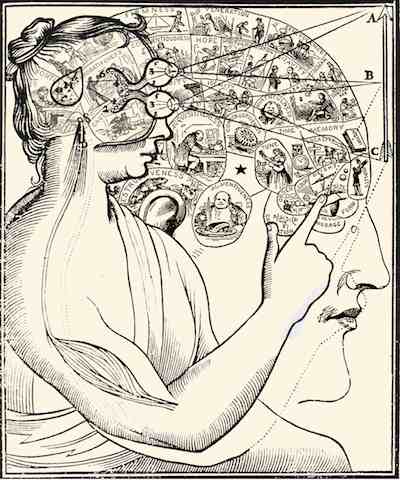 This sense of sameness is the very keel and backbone of our thinking.
This sense of sameness is the very keel and backbone of our thinking. The consciousness of personal identity allows the present thought to find in its memories a warmth and intimacy which it recognizes as the same warmth and intimacy it now feels.
This sense of identity is the only vehicle by which the world hangs together.
William James, 1890
Research Statement
Memories constitute the fabric of our intellectual existence. Across the phylogenetic tree, different forms of memory underlie adaptive behaviour and are fundamental for the survival of the organisms.
Neuroscience research throughout the 20th century identified the role of individual neurons in carrying information about the external world in the form of sensory tuning. However, it remains yet unknown how complex information about the world that later form the memories are represented in the ensemble activity of neuronal populations within and across multiple brain regions. Importantly, it remains unknown how and in what form remote brain regions interact to convey pertinent information to downstream structures.
The study of these questions gave rise to the field of systems and circuits neuroscience. In this view, the brain is organised in a modular fashion and the interacting elements are comprised of multiple cell types with distinct connectivity and function.
To answer these tantalising questions about the nature of memories and the mechanisms of information representation in the brain, we utilise a host of modern neurotechnologies to observe and manipulate the functioning nervous system of awake, freely-behaving animals. We employ ethologically relevant behavioral paradigms as a tool for the study of associative learning. In parallel, in order to understand the mechanisms that give rise to the memory formation and the elicitation of behaviors, we study the phylogenetically conserved defensive repertoire in its own right.
Neuroscience research throughout the 20th century identified the role of individual neurons in carrying information about the external world in the form of sensory tuning. However, it remains yet unknown how complex information about the world that later form the memories are represented in the ensemble activity of neuronal populations within and across multiple brain regions. Importantly, it remains unknown how and in what form remote brain regions interact to convey pertinent information to downstream structures.
The study of these questions gave rise to the field of systems and circuits neuroscience. In this view, the brain is organised in a modular fashion and the interacting elements are comprised of multiple cell types with distinct connectivity and function.
To answer these tantalising questions about the nature of memories and the mechanisms of information representation in the brain, we utilise a host of modern neurotechnologies to observe and manipulate the functioning nervous system of awake, freely-behaving animals. We employ ethologically relevant behavioral paradigms as a tool for the study of associative learning. In parallel, in order to understand the mechanisms that give rise to the memory formation and the elicitation of behaviors, we study the phylogenetically conserved defensive repertoire in its own right.
Research Questions
- How are episodic memories represented in distributed neural networks?
- How are neuronal oscillations contributing to information transfer across brain regions?
- What are the mechanisms of information transfer underlying memory consolidation?